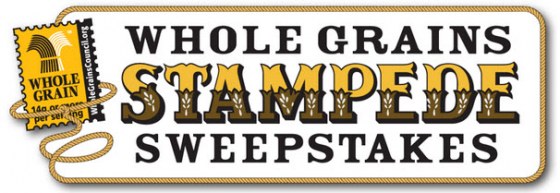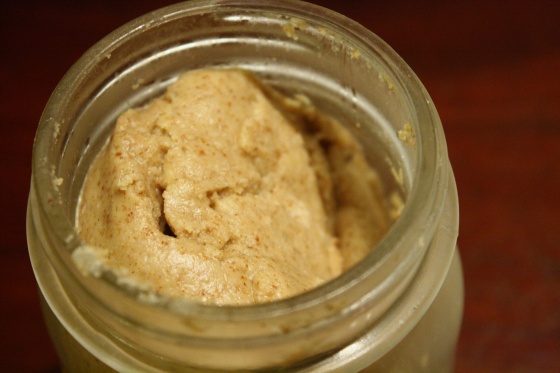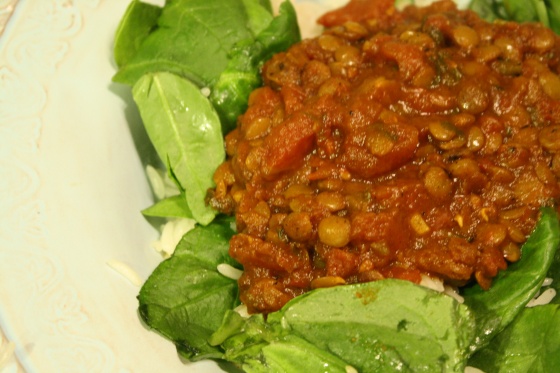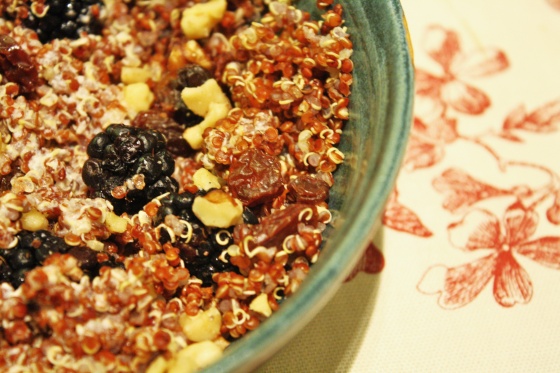Did you know that this September is Whole Grains Month?
I didn’t either, until the Whole Grains Council contacted me to see if I would like to interview their director and help spread the word about Whole Grains Month. During the entire month of September you can enter into their Whole Grains Stampede Sweepstakes, simply by telling them food you like to eat that has the whole grains stamp of approval.
- 1st Prize, courtesy of The Quaker Oats Company, includes $5,000 for groceries and a year’s worth of whole grain Quaker products delivered quarterly right to your doorstep – a total of 25,000 grams of whole grain!
- 2nd Prize, an iPad2, chock full of food and health apps, courtesy of Ultragrain from ConAgra Mills.
Hint: When I entered, I found it helpful to use their list of whole grain stamped products.
So, why should you care about whole grains? Why should you be trying to make sure you are consuming whole grains in your diet? There are several reasons, but the most important one is fiber.
Fiber is one of those things that I know is good for me, but if you asked me why, I’m not sure I could give you a good answer on the spot. We’ve been told over and over again that we should eat more fiber. But why? What’s so special about fiber?
Cynthia Harriman, Director of Food and Nutrition Strategies, answered my questions about fiber, why it’s good for us, what kind of foods we should be eating to incorporate more fiber, what to do if you’re gluten free, etc. Check out her answer’s below and some of my full of fiber recipes.
1. I think we are all well aware that fiber is good for us, but can you provide a brief summary of the benefits of fiber?
Fiber offers a wide range of healthful benefits; from cancer-fighting power to digestive maintenance, it is a gastronomical hero! Studies have linked fiber intake, particularly fiber from grains, to a reduced risk of developing diabetes, some cancers and inflammatory diseases. It can help lower glucose and cholesterol levels and blood pressure too.
2. What do you think about processed foods that use fiber as an additive, like yogurt, cereals, baking products, etc.? Should we be eating these foods to make sure we get an adequate amount of fiber in our diets?
Many of the fibers used as additives haven’t been well-researched, so we don’t know if they have the same benefits as fibers naturally occurring in grains, fruits, vegetables and legumes. Often when we isolate nutrients and other components we later learn that there are important synergies in natural foods that we just don’t get when we “mix and match” artificially.
3. What is one misconception about fiber that you would like to clarify?
People too often assume that all high-fiber foods taste gritty or cardboard-y. But who doesn’t enjoy a ripe pear, or a dish of raspberries, or a handful of almonds? These are all high-fiber foods.
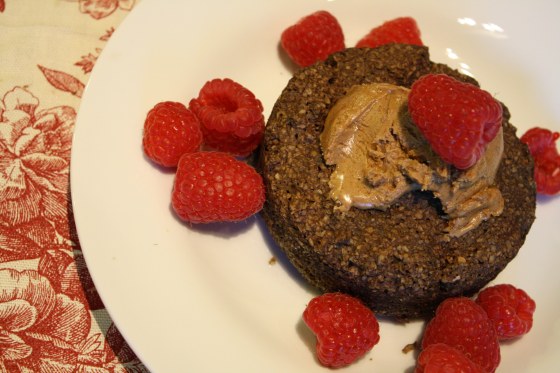
Pictured: Raspberries paired with chocolate breakfast cake
Pictured: Raw coconut almond butter
4. What are some foods that we should definitely be including in our diet that are excellent sources of fiber?
You might remember the saying, “an apple a day”– well that apple provides loads of fiber. Fresh fruits and vegetables and whole grains are all great sources of fiber. Legumes (beans) are the highest source of all (there’s a gram of fiber in every tablespoon of hummus!). The best sources of whole grain foods to look for when you’re adding fiber to your diet are barley, whole wheat, rye and oats. But even if you were to eat all your grains as whole grains, you wouldn’t get enough fiber without also eating fruits and vegetables, especially legumes.

Pictured: White Bean and Tofu Soup
Pictured: Red Daal
5. Can you address the difference between insoluble fiber and water-soluble fiber and the benefits of each?
Both types are important and serve a different purpose. Soluble fiber is just as the name implies; it is water-soluble, forming a gel-like substance as it moves slowly through the digestive system. As it moves, it absorbs “bad” cholesterol and controls blood sugar.
Insoluble fiber, on the other hand, doesn’t break down, but instead keeps its form as it pushes through the digestive track. Moving things along means less trouble with constipation and a healthier colon. Both are important, but since most fiber-rich foods contain both types, there’s no need to stress about getting both.
6. A lot of people are diagnosed with celiac disease or considered to be gluten-sensitive. What are some good sources of fiber for these people who cannot eat wheat and other common grains?
Gluten-sensitive people only need to avoid three common grains: wheat, rye, and barley. All the other grains – including some very common and popular ones – are gluten-free. For example, oats, corn, buckwheat, brown rice and quinoa are all gluten-free sources of fiber.
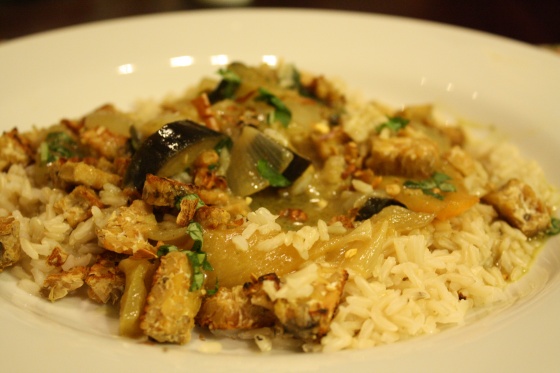
Pictured: Thai Green Curry with Eggplant and Tempeh over Brown Jasmine Rice
Pictured: Breakfast Quinoa
7. How many grams of fiber should the average person eat every day?
The USDA suggests a daily intake of 28 grams for a 2000-calorie diet. Young children and inactive women may need less, while active adults may need a bit more.
8. In one sentence, please tell us the most important thing we should know about fiber.
Fiber is the most important factor for maintaining a healthy digestive system.
Many thanks to Cynthia Harriman and the Whole Grains Council for educating us about the benefits of fiber!




